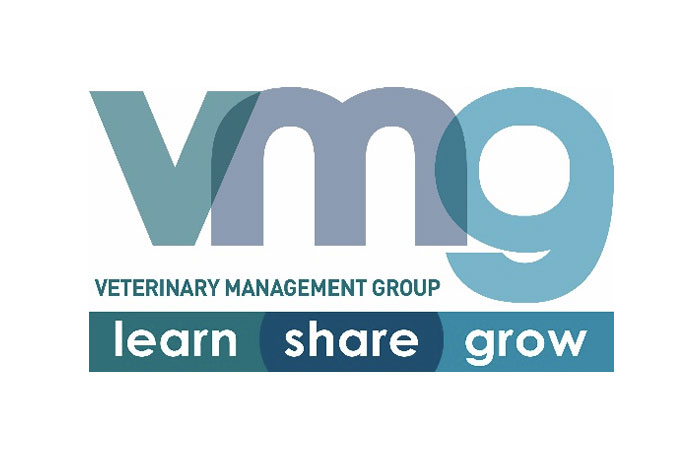
Having taken a deep dive into our own leadership and big-picture thinking, in the fourth article of this series we’re going to look outwards at the people we work with and explore what motivates them at work. Some theories of human motivation are increasingly well known in the veterinary sector (such as Maslow’s hierarchy of needs, or Hertzberg’s motivation-hygiene theory), but we’re going to look at two different models that are useful to consider when thinking about how to motivate people at work. We’ll examine each theory, explore how it could apply in a veterinary context and see what we can learn to improve how we develop our teams.
Achievement motivation theory
The first model looks at what motivates people to work hard: achievement motivation theory. David McClelland published his theory of human behaviour at work in 1961, and it’s also known as “McClelland’s Three Needs Theory”. As the name suggests, McClelland proposed that everyone’s motivation for work and effectiveness at work is influenced by three needs, to different extents, and that these three needs are shaped by people’s culture and life experiences.
McClelland proposed that everyone’s motivation for work and effectiveness at work is influenced by three needs … and that these three needs are shaped by people’s culture and life experiences
The three needs are:
The need for achievement: the desire to perform difficult or challenging tasks successfully
People primarily motivated by achievement will seek success and want to receive positive feedback related to their performance at work. Because they want to do well, they will tend to avoid both low-risk and high-risk situations, choosing a middle option where they can demonstrate their skills effectively. They love problem-solving. They also tend to prefer working either alone or alongside other high achievers.
The need for power: the desire to be in charge, whether personally or professionally
People primarily motivated by power will seek to direct others and lead a team. They enjoy organising the efforts of a group of people and respond particularly well to having set goals, such as those of an organisation, that they can direct their team to work towards. They will not necessarily feel the need to do all the work themselves, but will ensure that it gets done.
The need for affiliation: the desire for harmonious relationships with others
People primarily motivated by affiliation want to be liked and feel accepted. They prefer cooperation over competition, and tend to conform to the norms of a group. They very much enjoy working as part of a team or in a role with high levels of personal interaction, such as in public-facing roles where friendliness and positive communication are valued.
Consider how you as a leader could support your team members who are motivated by each of these different needs, once you have a better understanding of what the balance of motivations is for each person
The challenge here is to think through these three classifications and see where you recognise yourself and/or your colleagues in these groups. Next, consider how you as a leader could support your team members who are motivated by each of these different needs, once you have a better understanding of what the balance of motivations is for each person.
Vroom’s expectancy theory
The second model we are going to look at is Vroom’s expectancy theory. Victor Vroom developed his model of motivation by researching people’s beliefs about their work. Importantly, this model is based on the person’s perception or belief (ie expectancy), rather than what is real or actually the case.
[Vroom’s] model is based on the person’s perception or belief (ie expectancy), rather than what is real or actually the case
Vroom’s model consists of three parts, with all three needing to be present in order to promote motivation at work:
“Valence”: the amount of satisfaction anticipated when a goal is achieved
How satisfied will the person be on achieving the goal? Is it a little win or a major achievement? This will generally be proportional to the amount of motivation to work hard towards it – although beware of the goal set so high that it appears out of reach and motivation becomes frozen. Break down goals if need be.
“Expectancy”: the belief that increased effort will lead to better performance
This is important and is related to your practice culture. Is it normal that if someone puts more effort in, the outcome will improve? Or do people coast along? What are the standards in your organisation? Fundamentally, do people think it is worth it to put the effort in?
“Instrumentality”: the belief that better performance will be rewarded
Again, this is strongly related to your practice culture. What is the “reward” for better performance? Obviously, there are material rewards such as pay and perks, but consider also the cultural, social and relational rewards. Do those working well get a sense of achievement, praise and recognition of success from leaders and/or peers, interesting and challenging work, ownership of work without being micromanaged, opportunities to learn new skills and/or opportunities for promotion?
As a leader, you can use this idea: think about which of these factors you can influence in your role, either for yourself or for your team
Vroom argued that people actively decide how much effort to put in at work based on these three factors. As a leader, you can use this idea: think about which of these factors you can influence in your role, either for yourself or for your team. Then consider how you could use this theory to improve these factors, and therefore increase your own and your colleagues’ motivation for work.
In summary
The lesson from these models is the value of understanding your colleagues and what motivates them – both individually and as a team. As a leader, if you have a good grasp on each person’s reasons for being there, as well as the fundamental values that drive them to work in the veterinary sector or take on a particular role, you can better support their motivational factors, resulting in a more engaged team member who is happier at work – as well as a happier team leader.











